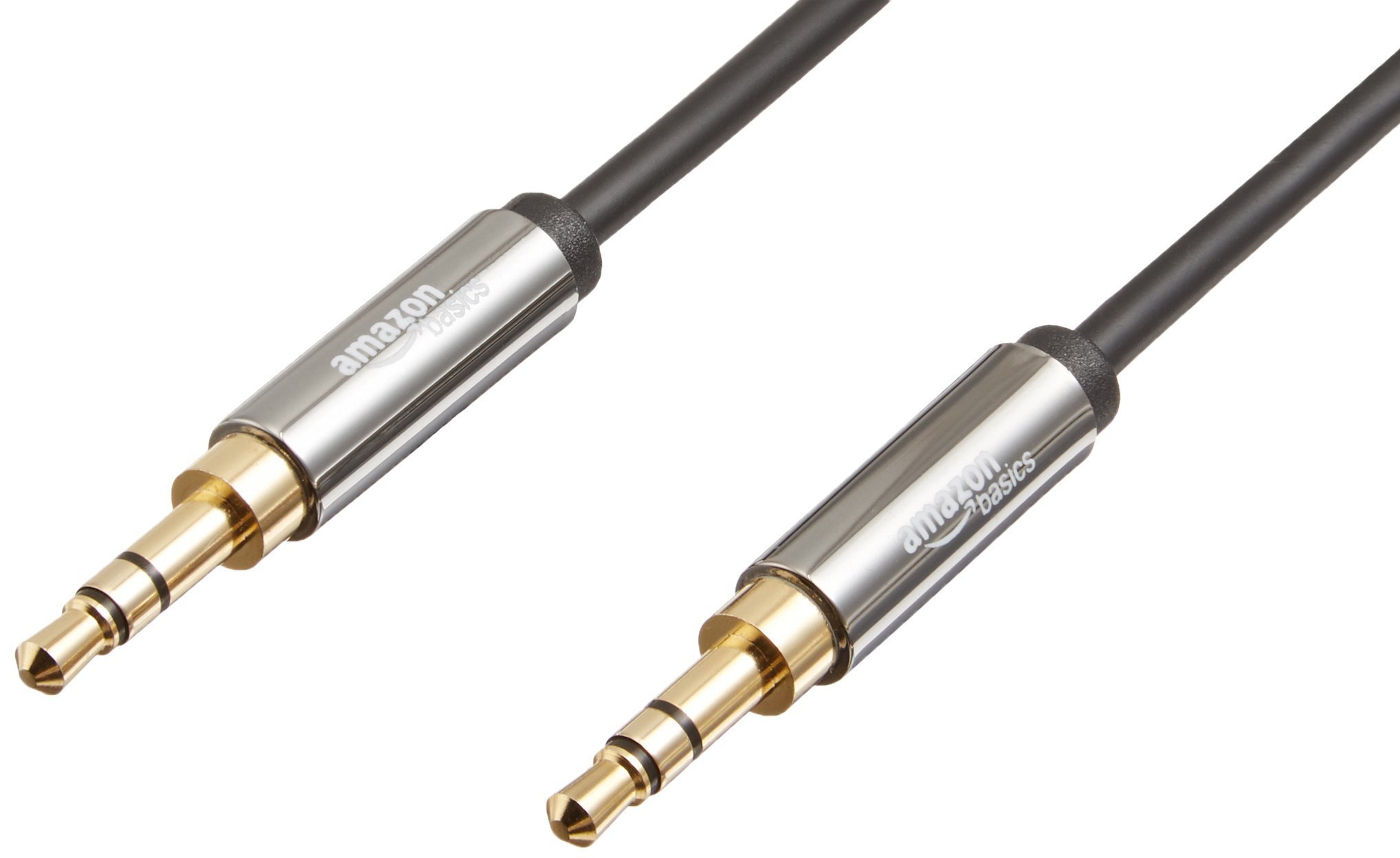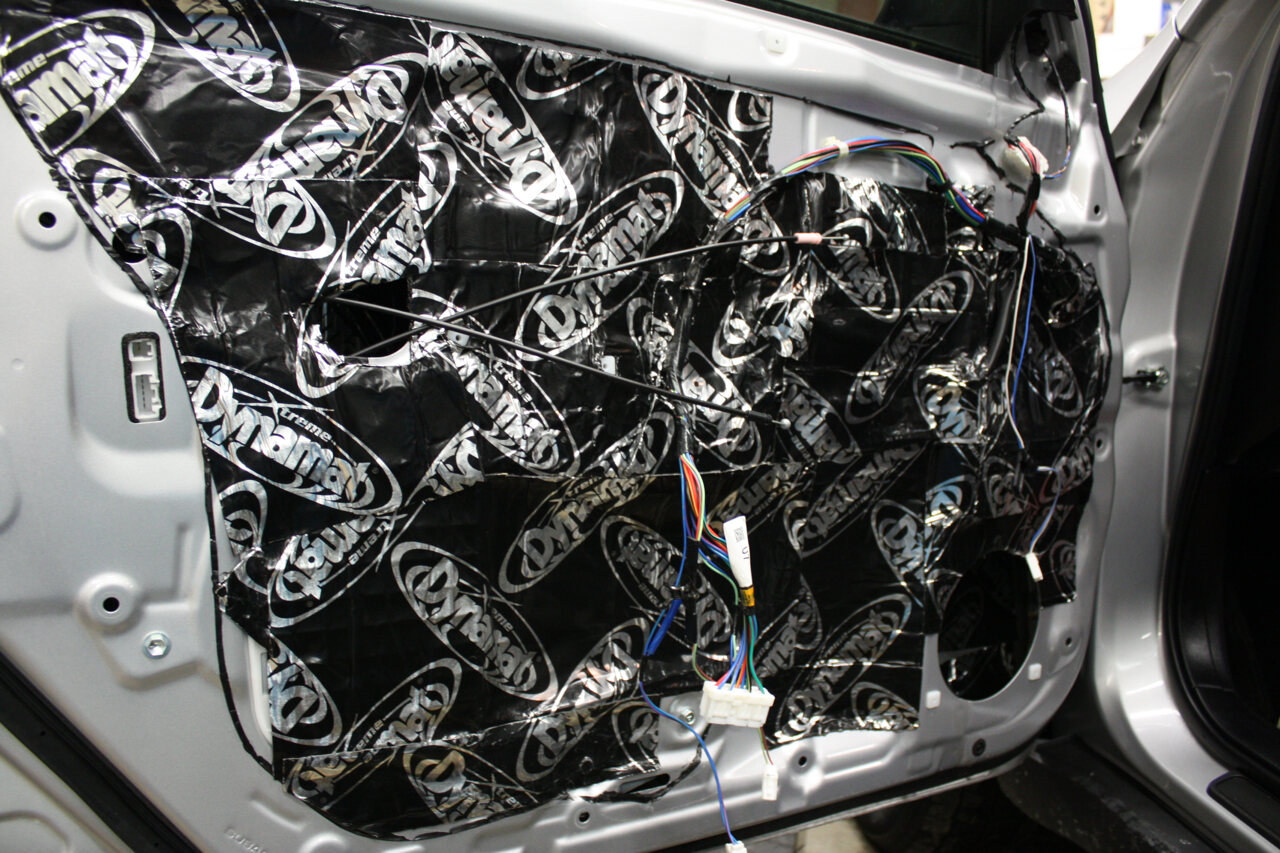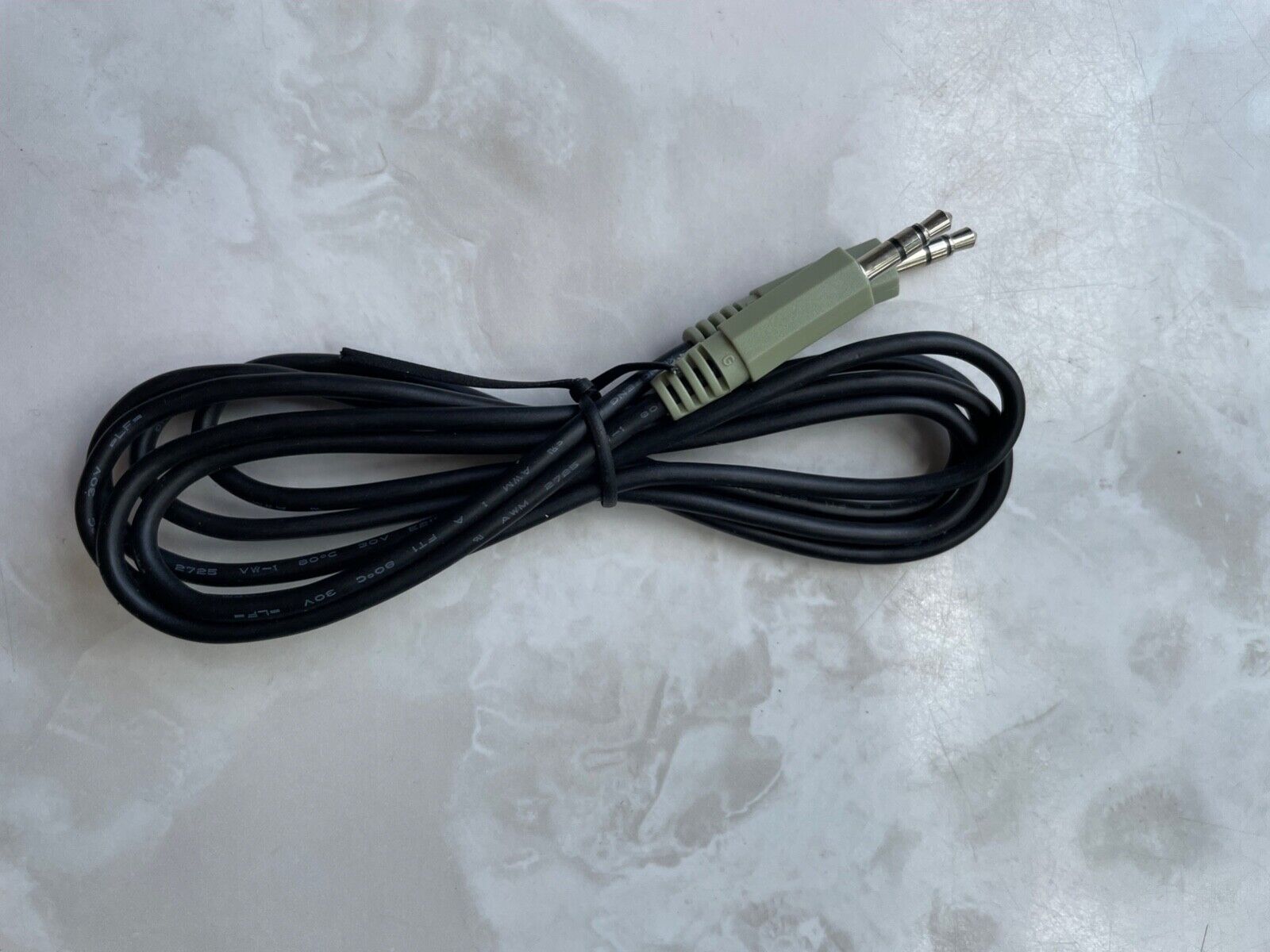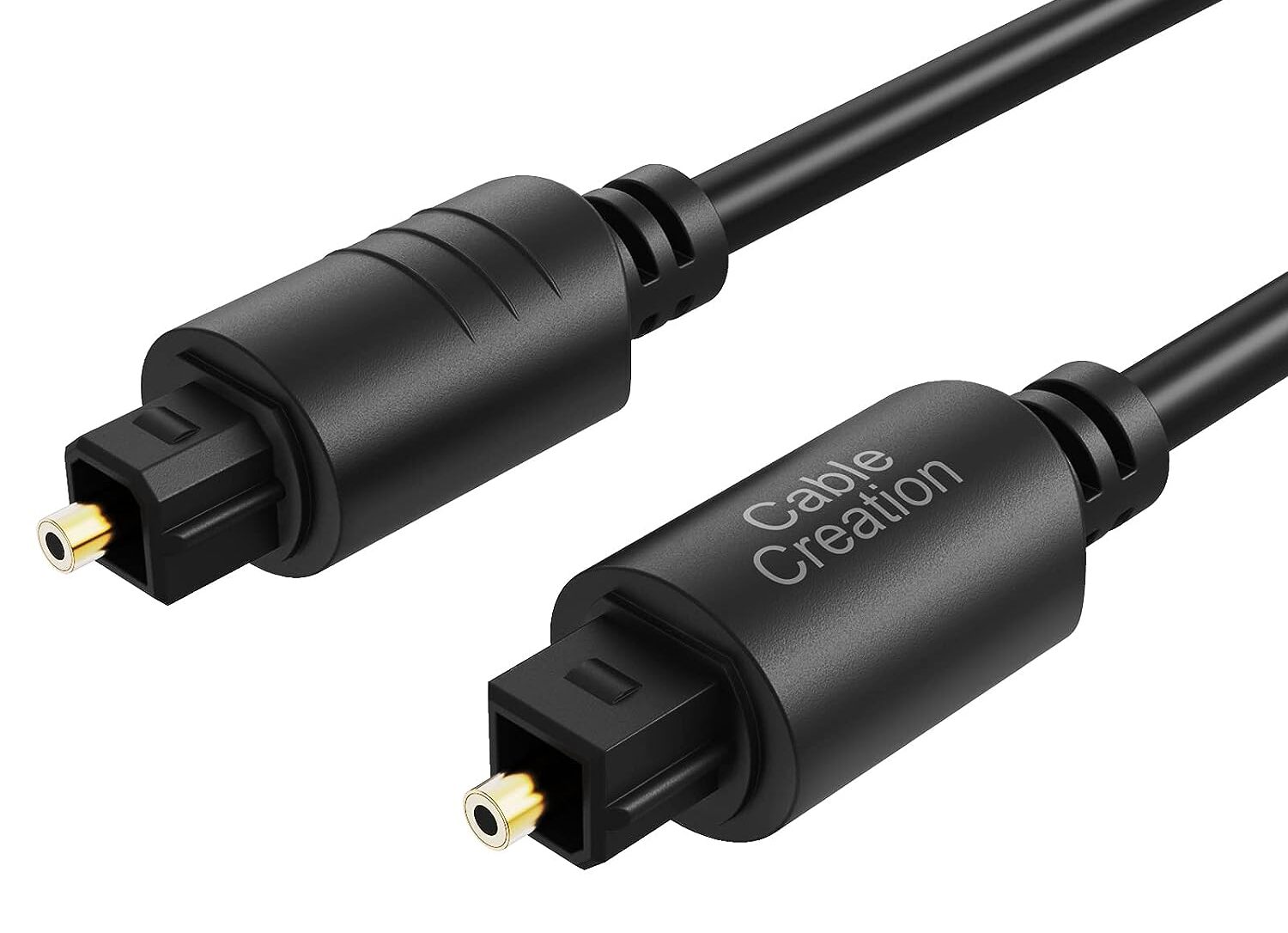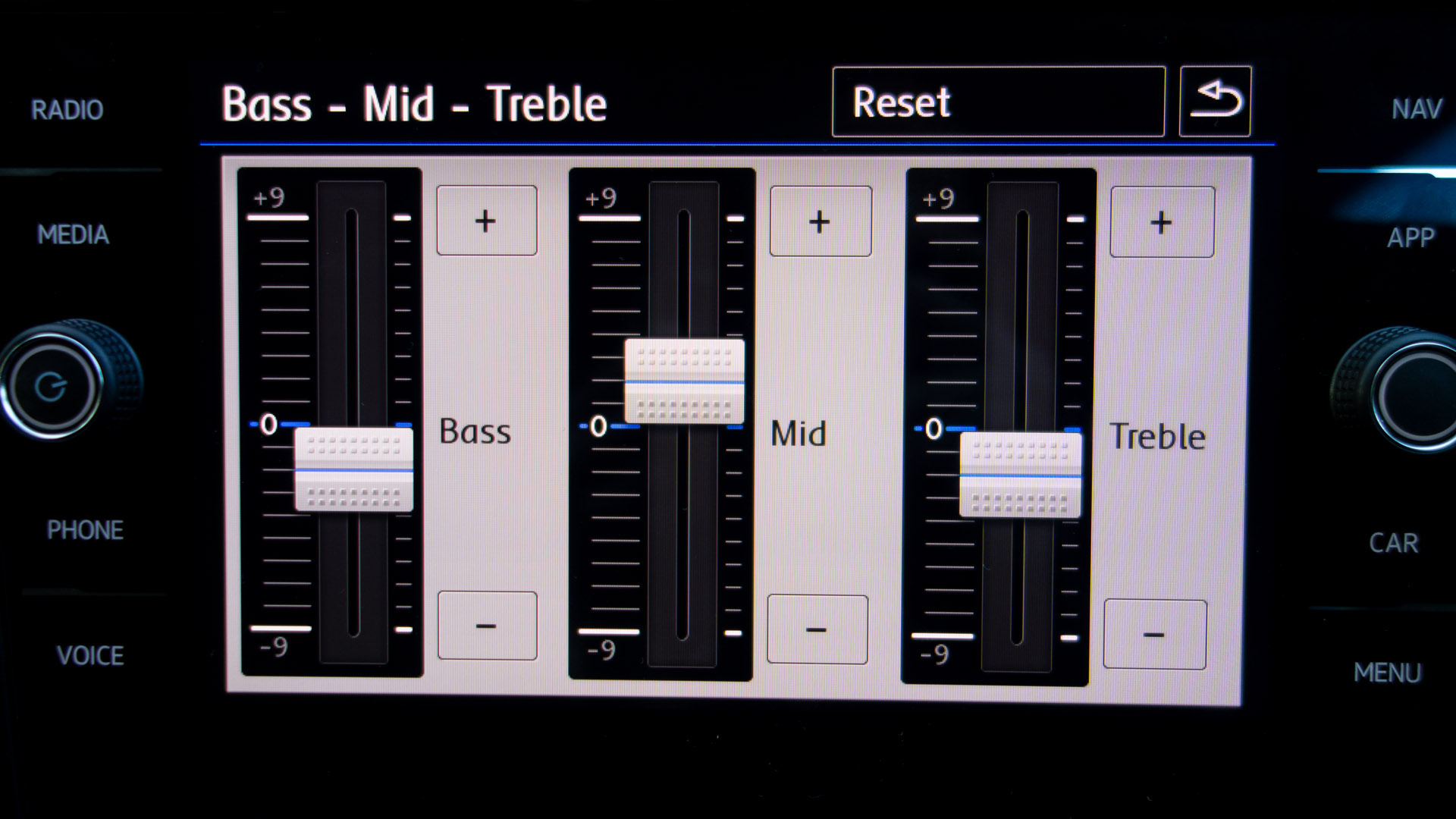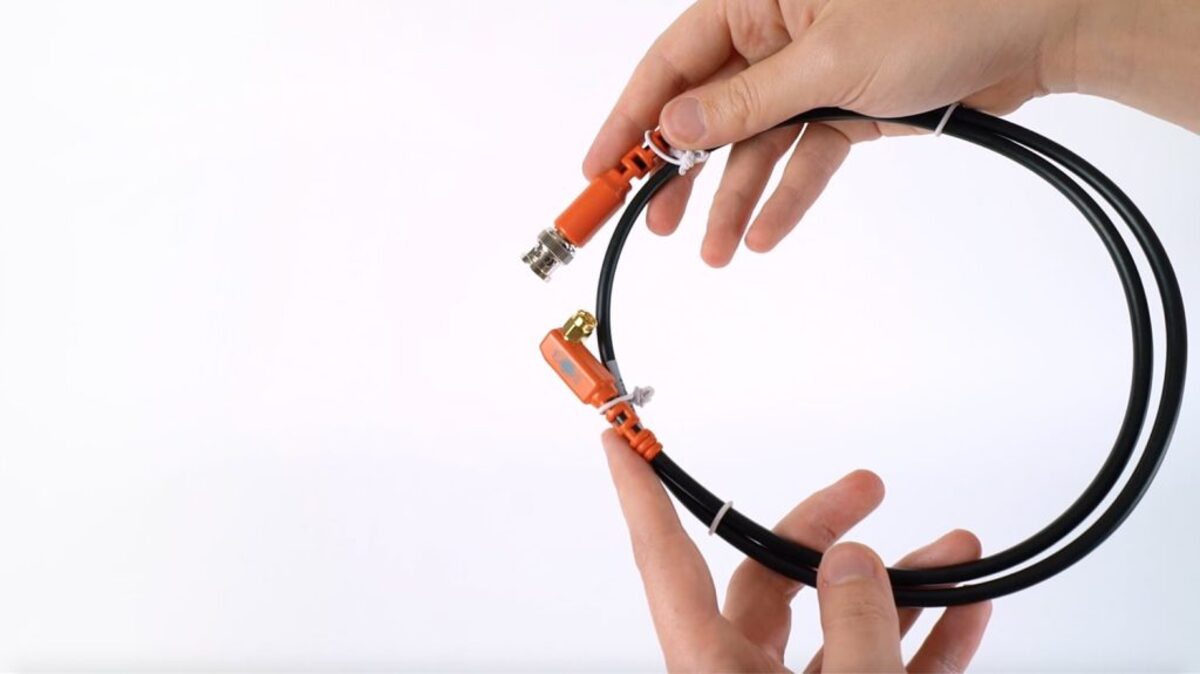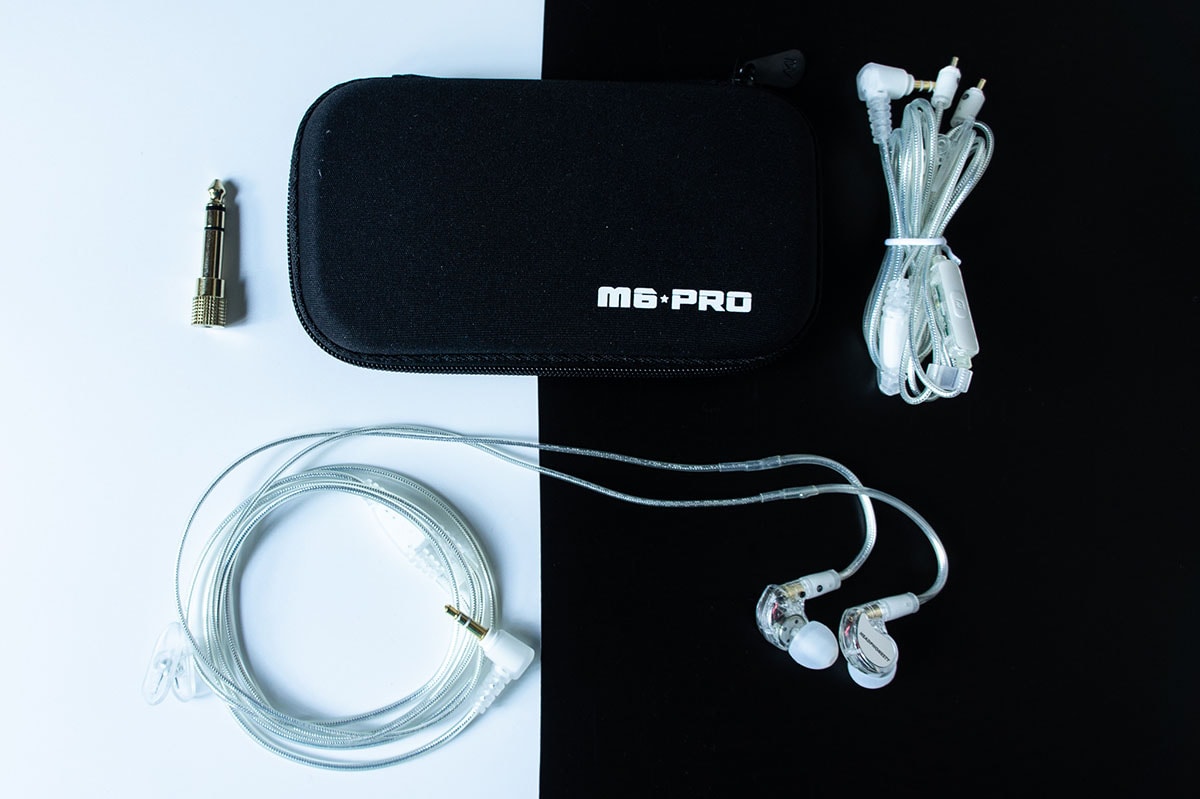Home>Production & Technology>Audio Cable>What Does An Audio Cable Do
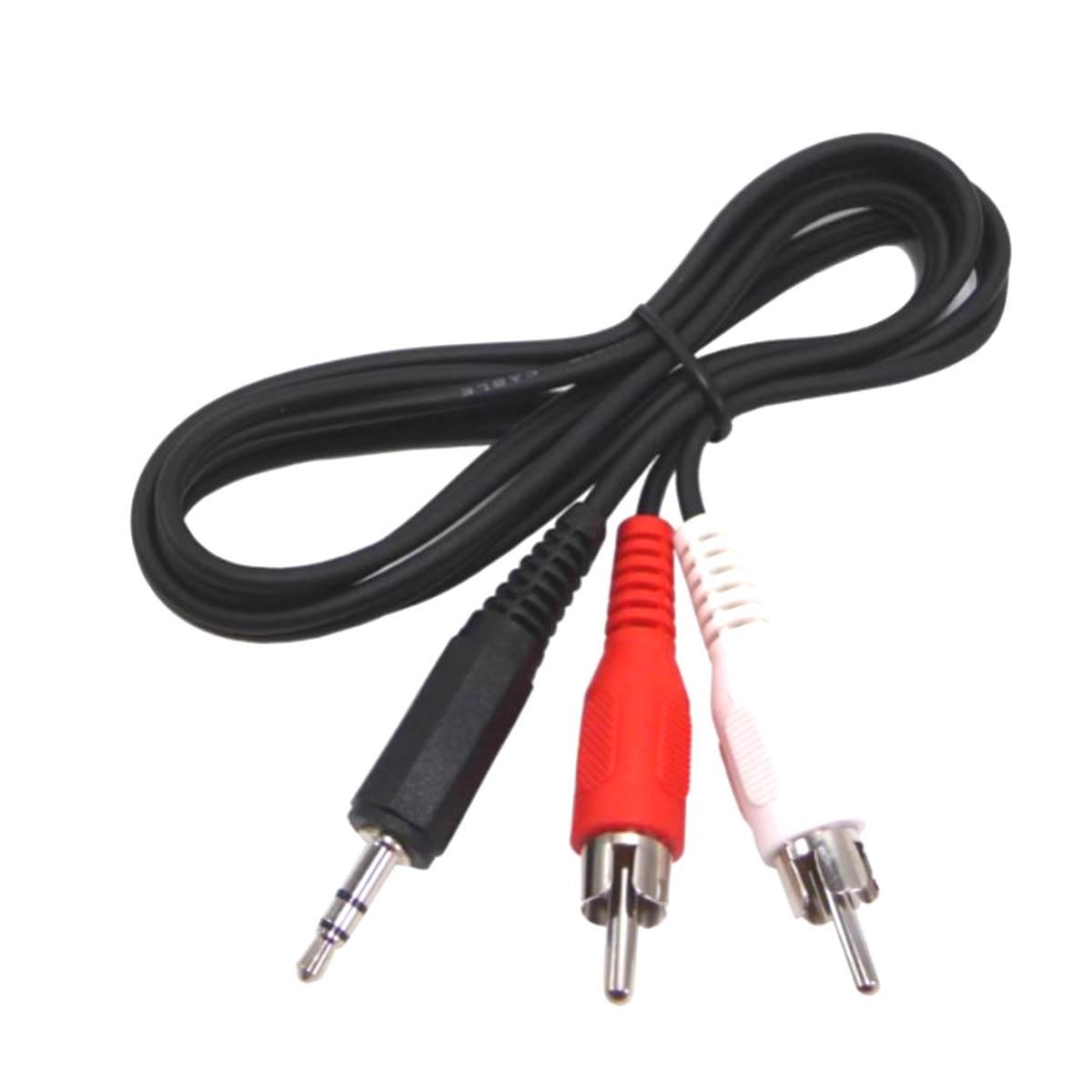

Audio Cable
What Does An Audio Cable Do
Modified: January 27, 2024
Discover the role and importance of audio cables. Learn how audio cables transmit sound signals between devices. Find the right audio cable for your needs.
(Many of the links in this article redirect to a specific reviewed product. Your purchase of these products through affiliate links helps to generate commission for AudioLover.com, at no extra cost. Learn more)
Table of Contents
Introduction
Audio cables are an essential component of any audio system, connecting various devices such as speakers, headphones, microphones, and instruments to audio sources. These cables play a crucial role in transmitting audio signals accurately and efficiently, ensuring optimal sound quality and fidelity.
In this article, we will delve into the world of audio cables and explore their importance in audio systems. We will discuss the different types of audio cables available, their functions, and the factors that affect their performance. Whether you’re a music enthusiast, a professional musician, or a casual listener, understanding the role of audio cables is vital to enhance your audio experience.
As technology continues to advance, audio cables have evolved to accommodate new audio formats and devices. The ever-growing demand for high-quality audio has led to the development of various cable options, each with specific characteristics and purposes.
Whether you’re setting up a home theater system, recording studio, or live performance stage, choosing the right audio cables can make a significant difference in audio quality and overall performance. By the end of this article, you will have a comprehensive understanding of audio cables, enabling you to make informed decisions when selecting and using them in your audio setup.
Understanding Audio Cables
Audio cables are essential for transmitting audio signals from one device to another without loss or distortion. They serve as the conduit through which the electrical signals produced by audio sources, such as microphones, instruments, or audio players, are carried to speakers or headphones for sound reproduction.
At their core, audio cables are made up of conductive materials, typically copper, that facilitate the flow of electrical signals. These cables come in various lengths, connectors, and configurations to accommodate different audio setups and devices.
One important aspect to understand is that audio signals are generally analog. This means that they are continuous electrical waveforms that represent the sound waves produced by audio sources. The goal of audio cables is to accurately transmit these analog signals from the source device to the output device.
Audio cables are typically designed with two main components: the conductor and the shielding. The conductor is the inner core of the cable, made of copper or other conductive materials, which carries the electrical signals. The shielding, usually a layer of metal or foil, surrounds the conductor to protect it from interference and external noise.
Another crucial factor in audio cables is impedance, which is the measure of the opposition to the flow of electrical current. Different audio devices have specific impedance requirements, and using cables with mismatched impedance can result in signal loss and poor audio quality. It is important to choose cables with the appropriate impedance rating for your audio setup.
Furthermore, audio cables come in various connector types, such as XLR, RCA, TRS, and TS, each suited for different audio applications. These connectors ensure a secure and reliable connection between devices, allowing for smooth transmission of audio signals.
Understanding the basics of audio cables helps you make informed decisions when selecting and using them in your audio setup. By choosing the right type of cable with the proper impedance and connectors, you can optimize audio signal transmission, ensuring a high-quality audio experience.
Types of Audio Cables
There are several types of audio cables available in the market, each designed for specific audio applications and equipment. Understanding the different types of audio cables will help you choose the right one for your audio setup. Let’s explore some of the most common types:
- 1. XLR Cables: XLR cables are widely used in professional audio setups. They are commonly used for microphones, mixers, and speakers. XLR cables have three pins, providing balanced audio signals, which help reduce noise and interference.
- 2. RCA Cables: RCA cables, also known as phono cables, are commonly used in home audio systems, DJ setups, and certain professional audio applications. They are often used to connect audio equipment such as amplifiers, receivers, and CD players. RCA cables have two connectors, one for the left audio channel and one for the right.
- 3. TRS Cables: TRS cables, also known as stereo cables, are commonly used for connecting headphones, musical instruments, and audio interfaces. TRS cables have three conductors, with two carrying the audio signal (left and right channels) and the third serving as a ground connection.
- 4. TS Cables: TS cables, also known as mono cables, are used for mono audio signals. They are commonly used for guitars, keyboards, and other musical instruments. TS cables have two connectors, one for the audio signal and one for the ground.
- 5. Optical Cables: Optical cables, also known as TOSLINK or SPDIF cables, are used for transmitting digital audio signals between devices. They are commonly used for connecting audio devices like soundbars, DVD players, and game consoles. Optical cables use light signals to transmit audio data, resulting in high-quality digital audio.
- 6. HDMI Cables: HDMI cables are primarily used for transmitting high-definition audio and video signals between devices. They are commonly used for connecting audio and video equipment such as Blu-ray players, TVs, and gaming consoles.
These are just a few examples of the many types of audio cables available. When choosing an audio cable, consider factors such as the intended audio application, device compatibility, and overall audio quality requirements. Selecting the appropriate cable type for your specific needs will ensure optimal audio signal transmission and sound reproduction.
Analog vs. Digital Cables
When it comes to audio cables, there are two main categories: analog and digital cables. Understanding the differences between these two types can help you make the right choice for your audio setup.
Analog Cables: Analog cables transmit audio signals in their original form, as continuous electrical waveforms. These cables are typically used for traditional audio devices that generate and process analog signals. Analog cables can be further divided into different types, such as XLR, RCA, TRS, and TS cables, which we discussed earlier.
Analog cables are known for their simplicity and wide compatibility. They are capable of carrying high-quality audio signals, particularly in short to medium-length cable runs. However, analog cables are susceptible to signal degradation and interference, especially over longer distances. This can result in lower audio fidelity and increased noise levels.
Digital Cables: Digital cables, as the name suggests, transmit audio signals in a digital format. Digital cables are commonly used for connecting audio devices that process digital signals, such as CD players, computers, and digital audio interfaces. Some of the popular types of digital cables are optical cables (TOSLINK) and HDMI cables.
Digital cables convert analog audio signals into digital data, which is then transmitted in binary code. This digital transmission provides several advantages, such as high fidelity and immunity to signal degradation over long cable runs. Digital cables are also capable of transmitting other audio formats, such as surround sound, without loss of quality.
However, it’s important to note that when it comes to audio playback, the signal is eventually converted back to analog form for human perception. This means that even with digital cables, the final output is still an analog signal sent to speakers or headphones.
Ultimately, the choice between analog and digital cables depends on your audio setup and the devices you are connecting. If you’re working with traditional analog audio equipment or have short cable runs, analog cables may suffice. On the other hand, if you’re dealing with digital audio sources or require longer cable runs without signal degradation, digital cables are the way to go.
It’s also worth mentioning that some audio setups may require a combination of analog and digital cables. For example, connecting a digital audio interface to an analog mixer might require both types of cables to handle the audio signal flow appropriately.
By understanding the distinction between analog and digital cables, you can make informed decisions and select the appropriate cables for your specific audio needs.
What Does an Audio Cable Do?
An audio cable serves as the essential link between audio devices, enabling the transfer of audio signals from the source to the output device. It plays a crucial role in maintaining the integrity of the audio signal and ensuring optimal sound quality.
When you connect an audio device, such as a microphone or a musical instrument, to a speaker, headphones, or a recording interface, an audio cable is required to establish the connection and carry the electrical signal. The audio cable essentially acts as a pathway for the audio signal to travel from one device to another.
The primary function of an audio cable is to transmit the analog or digital audio signal accurately and faithfully. It must ensure that the electrical current carrying the audio signal flows from the source device to the output device with minimal loss, interference, or distortion.
An audio cable achieves this by providing a high-quality and low-resistance conductor, usually made of copper. The conductor carries the electrical current, representing the audio signal, from the source device to the destination device.
In addition to the conductor, audio cables also incorporate shielding to protect the audio signal from external interference and noise. The shielding helps to minimize electromagnetic interference, radio frequency interference, and other sources of signal degradation.
By maintaining the integrity of the audio signal, an audio cable ensures that the audio reproduced by the output device remains faithful to the original recording or source. It allows you to enjoy clear, detailed, and accurate sound reproduction, whether you’re listening to music, recording vocals, or performing live.
It’s worth noting that the quality and construction of the audio cable play a significant role in determining the overall audio performance. A well-made, high-quality audio cable with proper shielding and insulation can contribute to better signal transmission and reduce the risk of noise contamination.
Ultimately, the purpose of an audio cable is to facilitate the seamless flow of audio signals between devices, allowing you to connect and enjoy your audio equipment effectively. Understanding the importance of a reliable and well-designed audio cable can help you make informed decisions when selecting the right cables for your audio setup.
Factors Affecting Audio Cable Performance
Several factors can significantly impact the performance of audio cables, influencing the quality of the transmitted audio signal. Understanding these factors can help you choose the right cables for your audio setup and optimize signal transmission. Let’s explore some of the key factors:
- Cable Length: The length of an audio cable is crucial, as longer cables are more prone to signal degradation. As the electrical signal travels through the cable, it encounters resistance, which can result in a loss of high-frequency content and a decrease in signal amplitude. Therefore, it’s important to use cables of an appropriate length for your specific needs to minimize signal loss.
- Conductor Quality: The quality of the conductor material used in the cable can significantly impact signal transmission. Copper is a common conductor material due to its high conductivity, but variations in purity and construction can affect the cable’s performance. Higher-quality copper conductors with better insulation and shielding can result in improved signal integrity and reduce the risk of interference.
- Impedance: Impedance is the resistance to the flow of electrical current in an audio cable. Mismatched impedance can lead to signal reflections and distortions, resulting in degraded audio quality. It’s crucial to select cables with the appropriate impedance rating for your audio devices and ensure compatibility between the source and destination devices.
- Shielding: The shielding of an audio cable helps protect the signal from external interference. Well-shielded cables can minimize electromagnetic and radio frequency interference, reducing the chance of noise contamination and maintaining signal integrity. Double or triple shielding can provide superior protection against interference.
- Connector Quality: The quality of the connectors used in audio cables can affect both the durability and the signal transmission. High-quality connectors ensure a secure and reliable connection, minimizing signal loss and interference. Well-made connectors with proper insulation and gold-plated contacts can result in improved audio performance.
- Environmental Factors: The environment in which the audio cables are used can also impact their performance. Factors such as temperature, humidity, and electromagnetic interference from nearby electrical and electronic equipment can affect signal quality. It’s important to consider these environmental factors and choose cables that are suitable for the intended application.
By considering these factors and selecting high-quality cables with proper specifications, you can optimize the performance of your audio system and ensure the accurate and faithful transmission of audio signals.
Choosing the Right Audio Cable
Choosing the right audio cable is essential to ensure optimal signal transmission and audio performance in your setup. With the wide variety of cables available, it can be overwhelming to make the right choice. Here are some considerations to help you select the appropriate audio cable:
- Audio Application: Consider the specific audio application for which the cable will be used. Are you connecting microphones, instruments, or speakers? Different applications may require different cable types, such as XLR cables for microphones or TRS cables for instruments.
- Cable Length: Determine the required length of the cable. It’s generally recommended to use the shortest cable length possible to minimize signal loss and interference. However, be mindful that excessively long cables can introduce signal degradation, especially in analog connections.
- Connector Type: Identify the appropriate connector type for your devices. Ensure compatibility between the source and destination devices, whether it’s XLR, RCA, TS, TRS, or other connectors. Select connectors that provide a secure and reliable connection.
- Impedance Matching: Match the cable’s impedance rating to the impedance requirements of your audio devices. Mismatched impedance can result in signal reflections and degradation. Consult the specifications of your equipment to ensure proper matching.
- Quality Construction: Choose audio cables of high-quality construction. Look for cables with good shielding to minimize interference and noise. Consider cables with quality connectors, durable insulation, and well-insulated conductors for better signal transmission and longevity.
- Budget: Determine your budget for audio cables. While quality cables may come at a higher price, they often provide better performance and durability. It’s worth investing in reliable cables to ensure long-term satisfaction and optimal audio quality.
- Reviews and Recommendations: Read reviews and seek recommendations from reliable sources, such as audio professionals or enthusiasts, to gain insights into the performance and reliability of different cable brands and models.
By considering these factors, you can make an informed decision when choosing the right audio cable for your specific audio setup. Remember that the quality and suitability of the cable play a significant role in the overall audio performance, so it’s important to select a cable that meets your needs and ensures optimal signal transmission and fidelity.
Conclusion
Audio cables are the lifeline of any audio setup, facilitating the transmission of audio signals between devices. Whether you’re a music lover, a professional musician, or an audio enthusiast, understanding the role and importance of audio cables is crucial to achieving the best possible audio quality.
In this article, we have explored the fundamentals of audio cables, including their types, functions, and factors affecting their performance. We discussed the differences between analog and digital cables and highlighted the importance of choosing the right cable for your specific audio application.
Remember that cable length, conductor quality, shielding, impedance matching, and connector type all play a role in the performance of audio cables. Investing in high-quality cables and ensuring proper matching and compatibility will result in enhanced sound fidelity and reduced interference.
When selecting audio cables, consider factors such as audio application, cable length, connector type, and budget. It’s also beneficial to seek recommendations and read reviews from trusted sources to make informed decisions.
By choosing the right audio cables and understanding their importance, you can optimize your audio system’s performance, achieve pristine sound quality, and elevate your audio experience.
So, next time you set up your home theater system, recording studio, or live performance stage, remember to give careful thought to the audio cables you use. Their role in delivering clear and accurate audio signals should not be underestimated, and choosing the right cables will make a noticeable difference in your sound quality.

